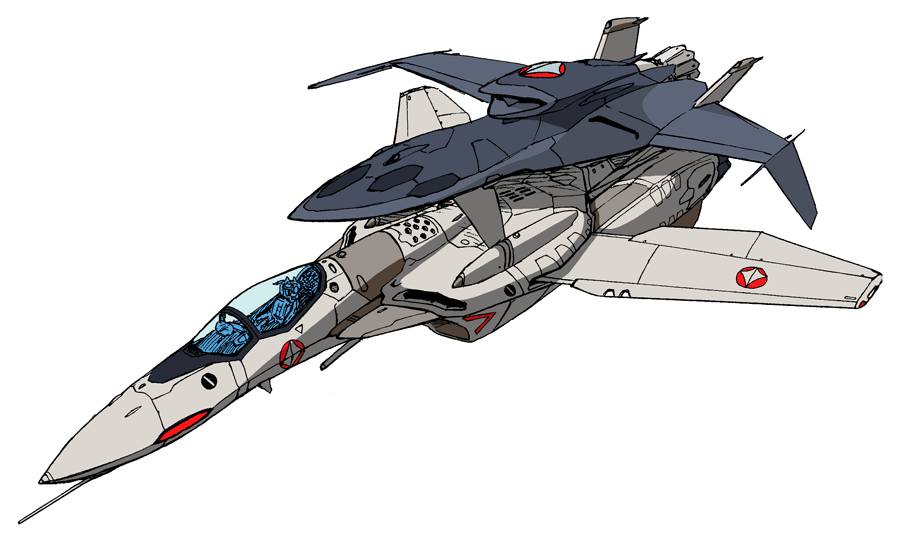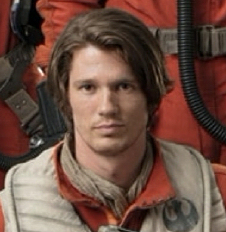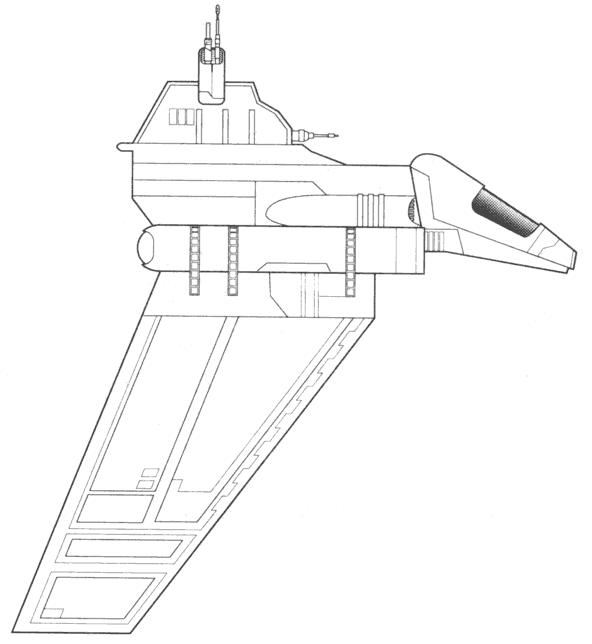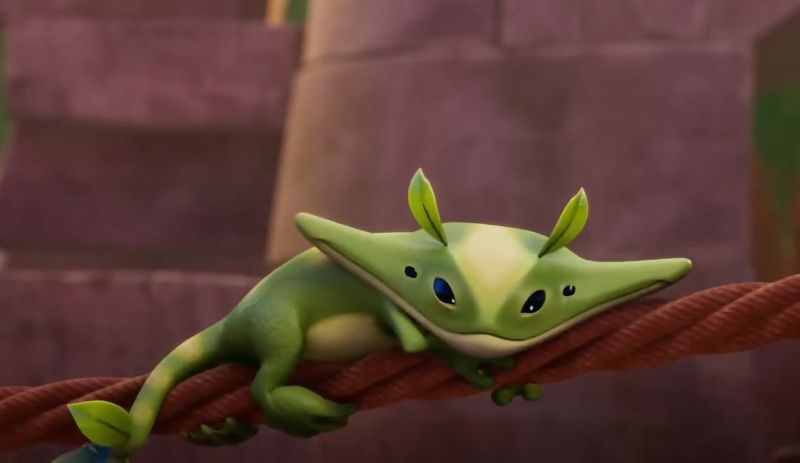 QF-2200A Ghost Unmanned Fighter
Craft: U.N. Forces Northrop Grumman/Stonewell/Shinsei QF-2200A Ghost Unmanned Fighter
Type: Unmanned Fighter Support attachment for the VF-0A Phoenix
Scale: Starfighter
Dimensions:
-Length: 10.2m
-Mass: 5.767 metric tons
Skill: Droid Programming (QF-2200A Ghost)
Drone Skill: Aircraft Piloting 3D, Aircraft Gunnery 3D (OR, can be substituted for Starship Piloting and Starship Gunnery).
Crew: N/A
Cargo Capacity: N/A
Consumables: N/A
Cost: N/A
Hyperdrive: N/A
Nav Computer: Yes (short-ranged, carrier-based)
Maneuverability: 2D
Speed:
-Space: 7
-Atmosphere: At 11,000 m Mach 2.74
-Cruising Range: 2,075 km
-Service Ceiling 25,000 m
-G Limit: Unknown
Hull: 4D
Shields: N/A
Sensors:
Passive: 15/0D
Scan: 25/1D
Search: 40/2D
Focus: 2/2D+2
WEAPONS:
5 Micro Missile Launchers
Location: Front upper section of the drone
Fire Arc: front
Crew: 1 (drone)
Skill: Aircraft Gunnery (Or Starship Gunnery)
Scale: Starfighter
Fire Control: 1D
Space Range: 1/3/7
Atmosphere Range: 50-100/300/700km
Damage: 5D
Ammo: 3 per launcher
Rate of Fire:1 per attack; OR volleys up to five micro missiles.
DESCRIPTION:
This is an unmanned fighter attachment for the VF-0A Pheonix "Angel" (Raid) Fighter configuration, and works as a seperate fighter but supports the fighter it is attached to.
Much like the VF-1 that would follow it, the VF-0 series was built to benefit from several equipment packages that could enhance the variable fighter for specific missions. Unfortunately, the parts of the "Super Pack" ready for deployment included only the conformal fuel tanks/missile packs. When the need to outfit the VF-0A with heavy weaponry and increased fuel supply arose (known informally as the Anti-"Bird Man" battle), the carrier crew of the Asuka quickly assembled an equipment package from available parts. This special modification was known initially as the VF-0 "Raid" but was changed to the "Angel" designation sometime afterwards, likely in response to the appearance of the craft once outfitted. When just the QF-2200A Ghost fighter was installed on the VF-0, the weight increased by approximately 35% while the total thrust of the combined VF/Ghost increased less than 20%. However, the afterburner thrust increased by 90%, ultimately resulting in a marked increase in maximum acceleration.
The Asuka crew had to rely upon virtual simulations to produce flight data that could be input into the VF-0 air combat computer, since the VFs were modified so quickly. Several factors altered the flight characteristics of the VF-0 "Angel" including the weight balance of the fighter's added munitions and more significantly the air flows of the VF-0 main wing as affected by the QF-2200A Ghost main wing. The complex ways in which these two wing surfaces interacted with each other at high speeds and high angles of attack left many gaps in the computer control scheme thus meaning the self-learning combat maneuver computer had to conduct data acquisition and analysis during flight to provide correcting actions. Coupled with the already dynamic nature of the Battroid mode's movements, this meant performance of the VF-0A "Angel" configuration relied heavily upon the skills of the pilot once in actual combat conditions.
The Special Attack/Assault Specification was installed on one VF-0A and one VF-0S and used only once in the battle at the island of Mayan in late 2008. U.N.G. pilot Shin Kudo and Roy Focker made use of a VF-0A "Angel"" and VF-0S "Angel" during that final mission.
NOTE: During development of the Macross game for the Playstation 2, when the VF-0 was being considered for inclusion, it was named "Phoenix" (ultimately, the VF-0 was not included in the game). This "pet name" was then dropped only to reappear in 2008 on the official Macross Frontier website. The Macross Chronicle (2008) has since made the name "Phoenix" official.
|












